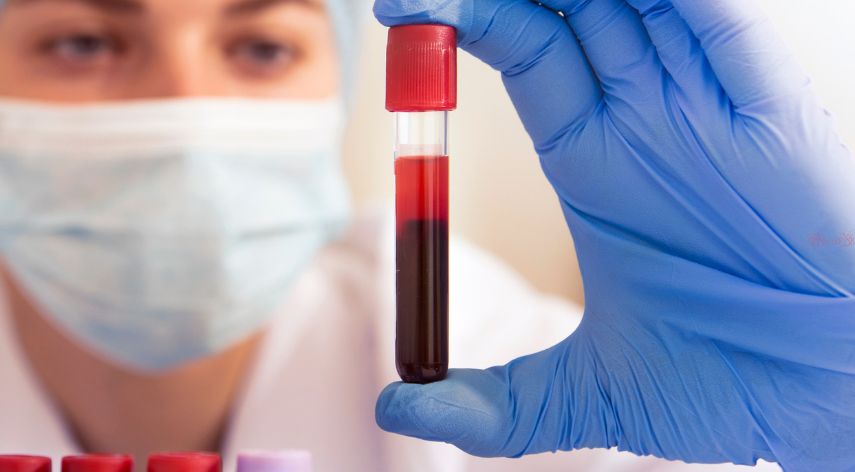An Exploration of the Space Technology Hall of Fame
Since man first landed on the moon in 1969, the pursuit of space exploration has been a passion of many Americans. To advance their quest, scientists of all stripes have developed new technology.
Much of that technology is honored in the Space Technology Hall of Fame.
Let’s go through what you need to know about the Space Technology Hall of Fame.
Table of Contents
ToggleWhat Is the Space Technology Hall of Fame?
The Space Technology Hall of Fame is an initiative organized by the Space Foundation to recognize and honor technologies that have made significant impacts in the world of space exploration.
The STHF was established in 1988 in order to raise awareness about the impact of space technology on our daily lives. By recognizing how space technology can help us right here on our own planet, it encourages more people to get into the wide world of space innovation.
Space Technology Hall of Fame Inductees
Many different types of technology have been inducted into the STHF over the years. The NASA Structural Analysis Computer Software was one of the original inductees, back in 1988. John Shorrer, Mr. Wang, and Donald Friedman were inducted as people who worked on this technology.
NASTRAN, one of these software types, is a widely used finite element analysis software. It is used for structural analysis of various systems, including spacecraft, aircraft, and other complex structures. NASTRAN has become a standard in the aerospace industry.
One of the more recent inductees is the Beowulf Computing Cluster. This was developed by Thomas Sterling and James Fischer.
Beowulf clusters are built using commodity off-the-shelf hardware components, such as standard x86 processors, Ethernet networking equipment, and other standard components. This helps in keeping the overall cost down compared to specialized supercomputing solutions.
Another interesting inductee is the bubble detector, developed in Canada by Harry Ing. This device detects neutron radiation exposure and records them. Then, astronauts can use these devices in space. Bubble detectors can also be used on earth, in medical and industrial fields.
Have you tried a space pen before? These were developed so that astronauts could write in space. Conventional pens were thwarted by gravity. It took years of work for Paul C. Fisher to develop the Fisher Space Pen. He developed a pressurized pen that could withstand various temperatures, unlike graphite pencils.
Space Technology Hall of Fame Programs
STHF and the Space Foundation also offer educational programs for people interested in learning more about our solar system and beyond.
They offer programs for teachers. These programs help teachers develop space education lesson plans for their students.
Programs for entrepreneurs help space professionals take their technology developments to the next level.
And, of course, there are educational programs for children. You can look into STEAM education programs for people of all ages.
Explore the Space Technology Hall of Fame Today
The Space Technology Hall of Fame is a great way to learn more about science and exploring our universe.
Do you want to learn more about related topics? Some of the other informative articles on this website may be beneficial for you.
Mike Farrier possesses over 18 years of hands-on experience in software and web development, SEO, social media marketing, eCommerce, and digital marketing. He has been active in the online domain since 2019, serving as a seasoned SEO and digital marketing consultant.
Recommended For You
Spread the loveInstagram is a visually driven platform, and understanding how aspect ratios work can significantly impact the success of
Spread the loveHave you ever received a call from an unknown number, and upon searching online, found nothing but dead
Spread the love/zzmxuo4he_c for Non Techies A Step by Step Guide is a guide that will teach you the basics





